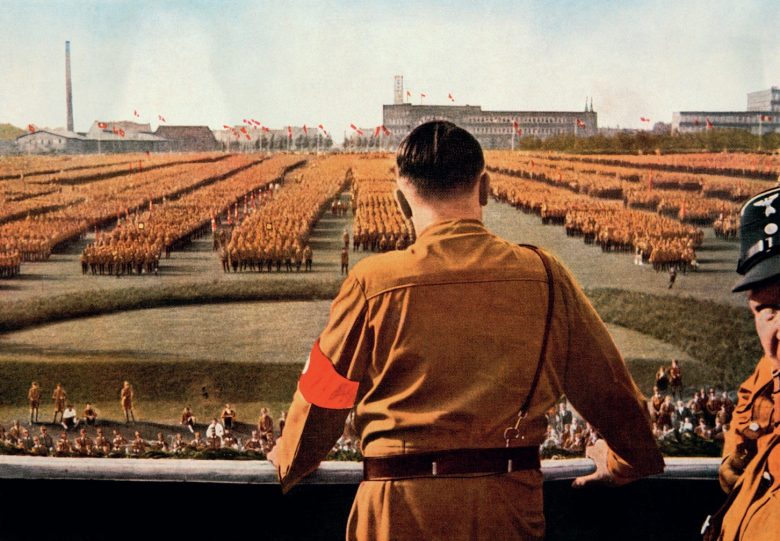
The term ‘direct action’ is used to refer to political activity or forms of protest that fall outside the normal constitutional and legal framework of a state with the goal of prompting decision-makers into action by generating significant media coverage for a cause (see Box 1). Direct action is carried out by activists who are unable or unwilling to use conventional ‘insider’ strategies and it can involve unlawful attempts to coerce decision-makers. At its most extreme, direct action can refer to violent criminal behaviour or acts of terrorism.
Direct action has been defined as a pressure group ‘tak[ing] matters into its own hands rather than relying on established methods of decision making to resolve a problem’, and it represents one of the longest-standing forms of expressing grievance. Examples of marches and demonstrations stretch back hundreds of years. Workers’ strikes — the organised withholding of labour — have been powerful bargaining tools in the past. In more modern times there are countless examples of direct-action tactics being used successfully to achieve group aims, but there is a fine line between the legality and illegality of direct activities. Coxall makes the distinction between ‘legal direct action, for example the disruption of hunts by the Hunt Saboteurs and illegal direct action like the raids on animal laboratories and factory farms by the Animal Liberation front’ and suggests that certain ‘gradations’ of direct action can be identified (see Box 2).
Your organisation does not have access to this article.
Sign up today to give your students the edge they need to achieve their best grades with subject expertise
Subscribe




